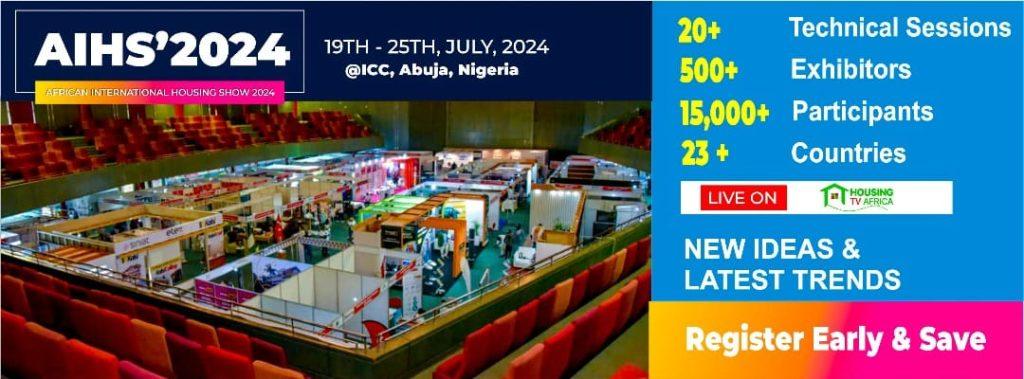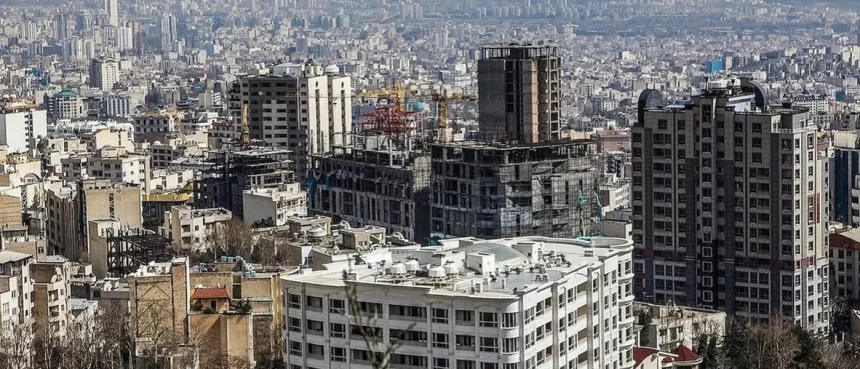Real estate experts anticipate a significant rise in housing prices in Iran due to factors such as further depreciation of the national currency, but they also foresee continued stagnation in the market.
Sellers refuse to lower prices as the national currency loses value, and inflation drives rents higher, putting further pressure on tens of millions of people.

Iran’s housing market has experienced stagflation over the past two years due to various factors, including high inflation of at least 40 percent, which has substantially increased construction costs. Additionally, repeated turbulence in the foreign currency market, a notable decrease in liquidity available to developers, and political uncertainties have all contributed to the market’s challenges.
Even before Norouz (March 20), typically a period of high property sales, Iran’s housing market remained stagnant. Factors such as the fasting month of Ramadan, traditionally a quiet period for most markets, and exorbitant prices beyond the reach of many wage-earners have contributed to this situation.
Experts do not anticipate a significant uptick in the housing market’s activity even after Ramadan, even if economic indicators such as the monthly inflation rate, typically announced by the central bank in late April, show improvement.
The rial has fallen more than 20 percent since January and now stands at more than 610,000 against the US dollar. Fearing further depreciations in the new calendar year, many rush to buy foreign currencies to protect their cash and investments. Real estate and homes are the most important savings for the middle class and people are reluctant to sell for worthless rials. Sellers calculate the price of their real estate in dollars when they set a price.
READ ALSO: Excitement In Isuikwuato LGA As Gov Otti Kicks Off Long-Awaited Road Construction
The figures released by the Statistics Center of Iran in February indicated an annual inflation rate of nearly 40 percent in the housing market in the preceding twelve months.
The average cost of one square meter of apartments in Tehran and most other major cities is currently above 700 million rials (over $1150) whereas the average monthly earnings of civil servants barely exceed $200 after taxes and other deductions. Ordinary workers earn less than $200 a month.
Unaffordability of properties for sale is a major factor in driving rents up in the capital and other major cities where the cost constitutes around half of the consumer living cost.
Similar to populist promises made by former President Mahmoud Ahmadinejad, President Ebrahim Raisi pledged during his 2021 presidential campaign to address Iran’s housing crisis by constructing one million affordable apartments annually. So far there is no sign of any new housing having even started.
The ambitious Mehr Housing scheme launched by Ahmadinejad during his tenure, from 2005 to 2013, also aimed at building over 4 million housing units. The project was never completed and the apartments that were eventually delivered to some of the buyers lacked amenities. This was during time period when Iran was earning more than $100 billion a year from oil exports and the government was awash with cash. Now, amid US sanctions, and lower prices, Iran earns a fraction of that income.
READ ALSO; Developer Proposes Energy Bank to Address Retail Real Estate Crisis
Architect and university professor Beytollah Sadeghi, a vocal critic of excessive government interference in housing projects, emphasized that constructing one million residential units constitutes approximately 4% of all urban development. He underscored the need for double-digit economic growth to support such a massive undertaking.
Sadeghi questioned why Iran’s private sector struggles to achieve similar feats compared to neighboring countries, which not only thrive but also create markets for others. He raised concerns about potential obstacles hindering Iran’s private sector, such as lack of resources or expertise.



